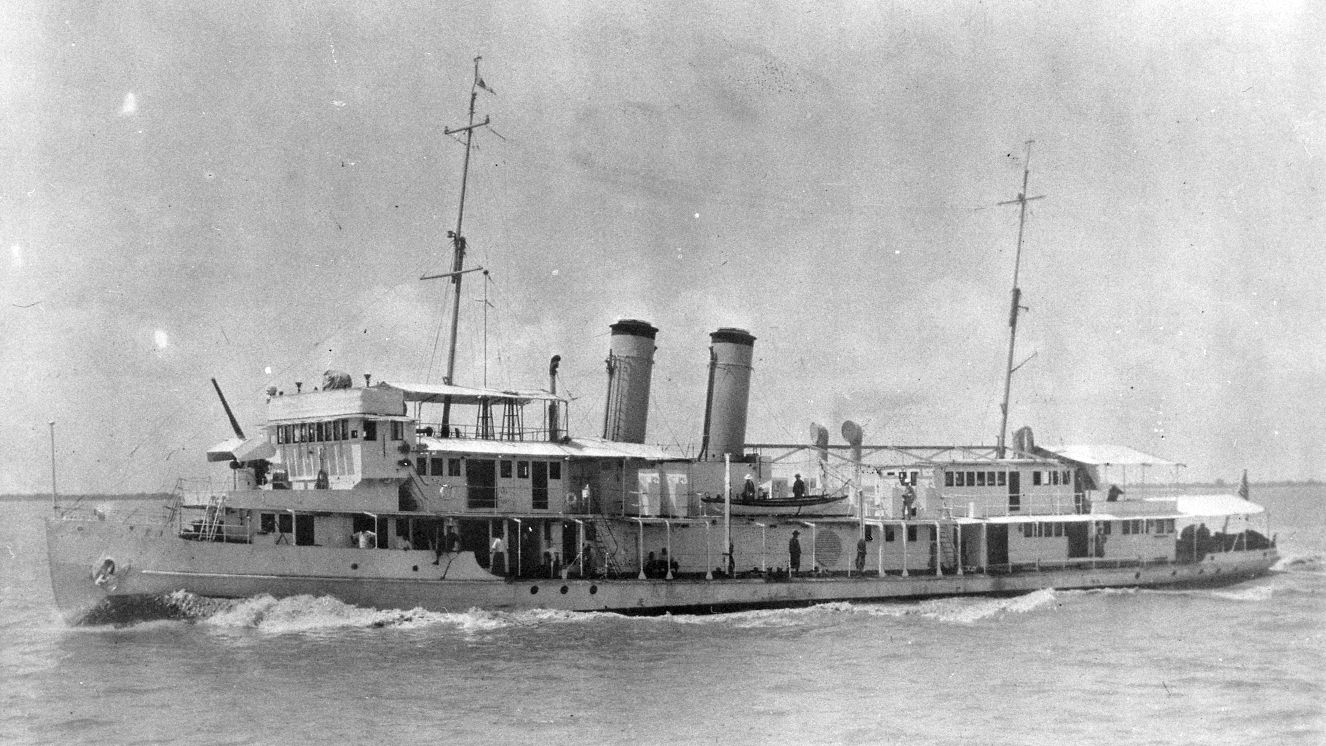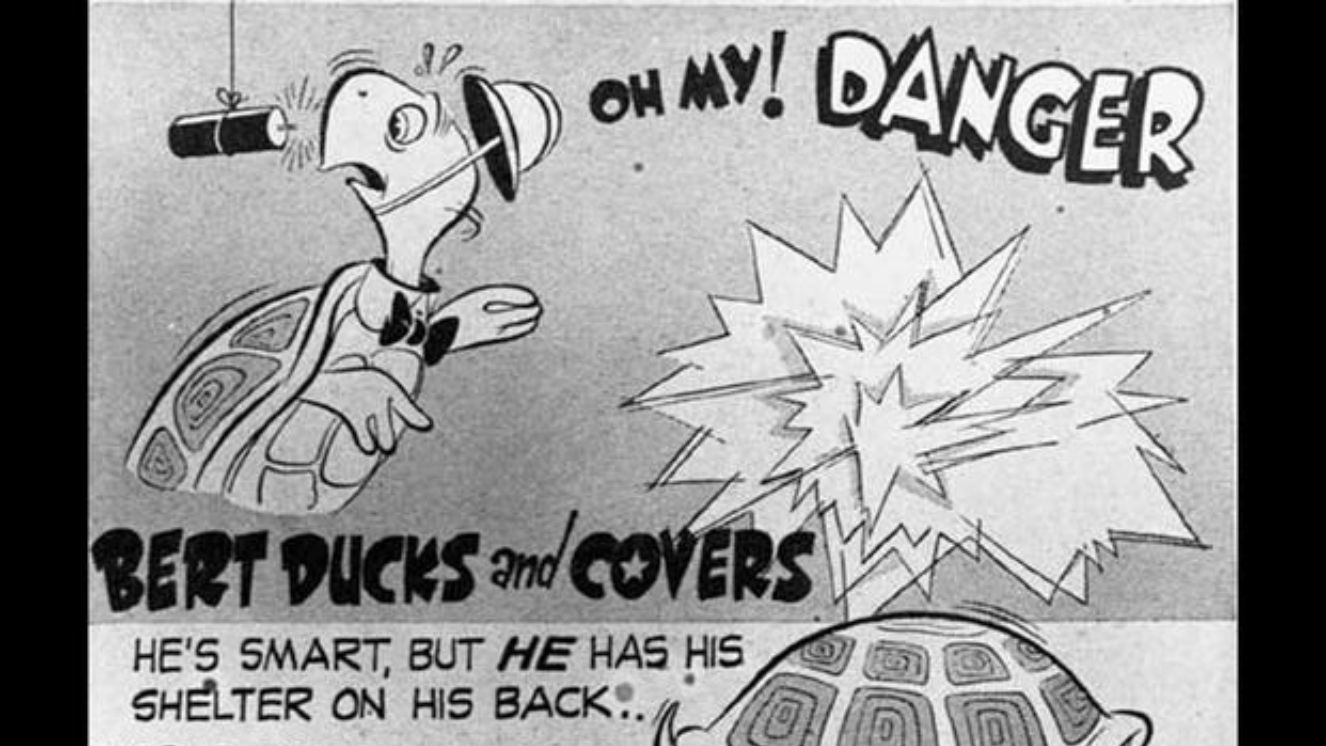APOLLO 13: REMEMBERING THE MISSION AND THE FILM

The debate of art imitating life and vice versa isn’t new, and surely isn’t going anywhere. There are several popular movies and shows that either depict a fictional account of real events or draw on real events to create the backbone of a story. Apollo 13 was a real-life space mission and the Apollo 13 movie was a blockbuster success portraying it on the big screen. There are some areas that are different, after all, it’s a movie. However, the crew in all aspects of the Apollo 13 filming did a great job of keeping things as accurate as possible. Explore more about the near Apollo 13 disaster and the film that cemented their legacy further in the ‘90s. Suggested read: Space Race 2.0: The Race to the Lunar South Pole
What Happened in Apollo 13?
Apollo 13, the seventh manned Apollo mission, aimed for a lunar landing. However, they faced an oxygen tank failure two days into its launch from Kennedy Space Center in Merritt Island, Florida. Led by Commander Jim Lovell, Jack Swigert as command module pilot, and Fred Haise as lunar module pilot, the mission had to abort its lunar landing. They safely circled the Moon before returning on April 17. An oxygen tank caused an explosion, venting the service module's oxygen. This led to the shutdown of the command module's systems, forcing the crew to use the lunar module as a means of escape. Mission Control improvised procedures to support three astronauts for four days. This includes saving them in the first place due to the use of the Abort Guidance System, created in part by Jack Black's mom. The Apollo 13 crew faced challenges like limited power, a cold, damp cabin, and a shortage of water. Adapting the carbon dioxide scrubber system became crucial, and the crew and mission controllers successfully found a solution. Because of the difficulties the astronauts in Apollo 13 faced, there was public interest in the program. Millions were watching the splashdown in the South Pacific Ocean on TV. However, the Apollo 13 mission itself was forever immortalized when Ron Howard’s blockbuster was released on June 30, 1995.
Houston...We Have Some Discrepancies
The Apollo 13 movie cast and crew would either receive a nomination or win a list of awards too large to display. Notably, both Best Sound and Best Film Editing Academy Awards were among this impressive list of accolades. One of the coolest things about the film is that you can count on it for historical accuracy. This isn’t just a film that takes a premise and creates its own narrative. Howard and his crew told the story of these brave explorers the right way. But it’s still a movie. Sometimes, you have to tweak things for audience entertainment. Here are a few of the tiny differences that the real-life Apollo 13 crew didn’t have that happened exactly as it did on film:
- There was a blinking light to indicate that Saturn V’s engine failed. In real life, the light would just be off, but it looks better flashing on screen.
- While still innovative, NASA prepared to create the lifeboat in case of an emergency. This also extends to the CO2 scrubber fix scene.
- "Houston, we've had a problem” was changed to “Houston, we have a problem," for the sake of drama. A small change in semantics for a huge effect. Oh, and the whole “failure is not an option” quote…you can thank the writers of Hollywood for that one entirely.
- Simulators were never used to figure out the power-up procedures. However, they were used to practice what to do in such scenarios.
- The re-entry blackout scene only gave the crew four minutes, and is one of the most tense scenes in the movie. In real life, it took six minutes.
Where to Watch Apollo 13?
Several streaming services have Apollo 13 available for viewing. Peacock subscribers can watch for free, but if you have Apple TV, Prime Video, or Vudu, you can rent or buy the film to experience the classic Tom Hanks-led adventure. Related read: Nathan Hale Was the Ultimate Patriot and America’s First Spy
Did Apollo 13 Land on the Moon?
You can mark Apollo 13 as arguably the most successful mission failure to ever come about. While the crew never did make it to the moon, they did overcome unimaginable obstacles and successfully made it back home unscathed. Read next: Submarine Accidents and Implosions Throughout the Years
BY BUDDY BLOUIN
Buddy Blouin is a Contributing Writer at VeteranLife.com
Buddy Blouin is a Contributing Writer at VeteranLife.com



